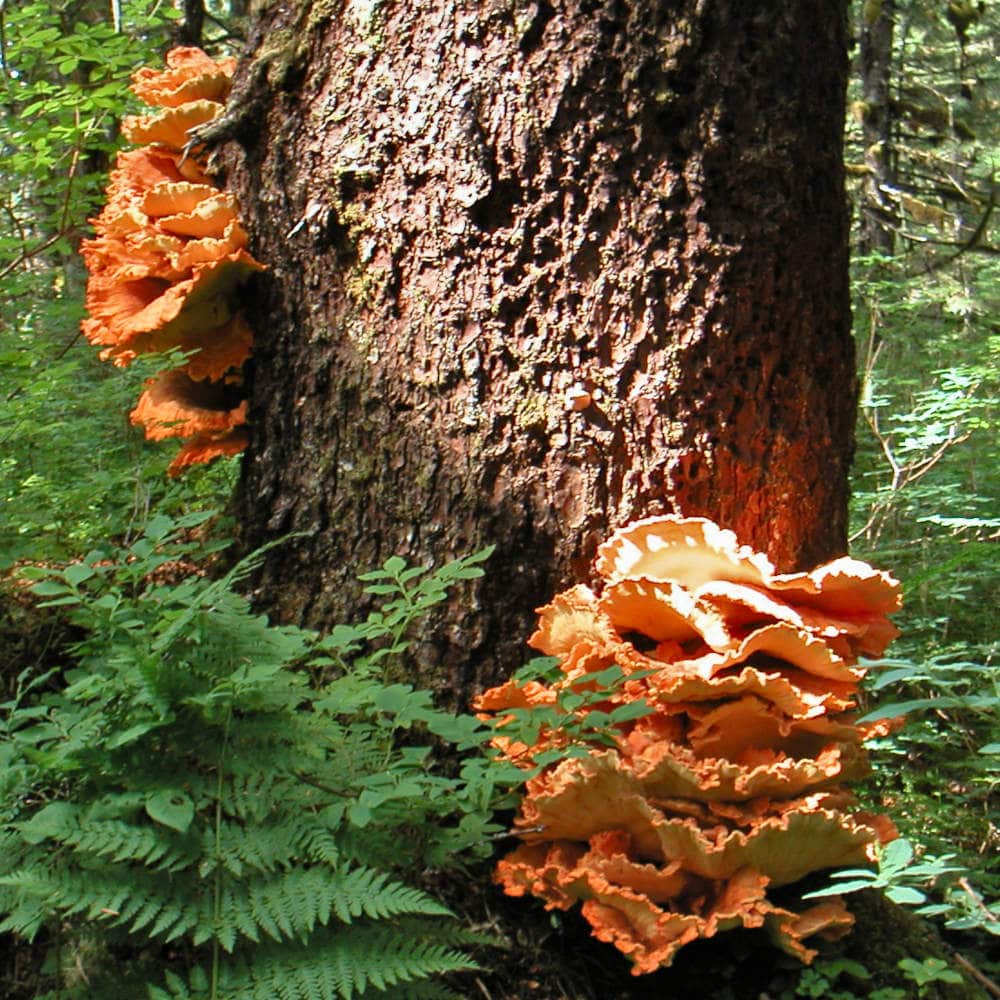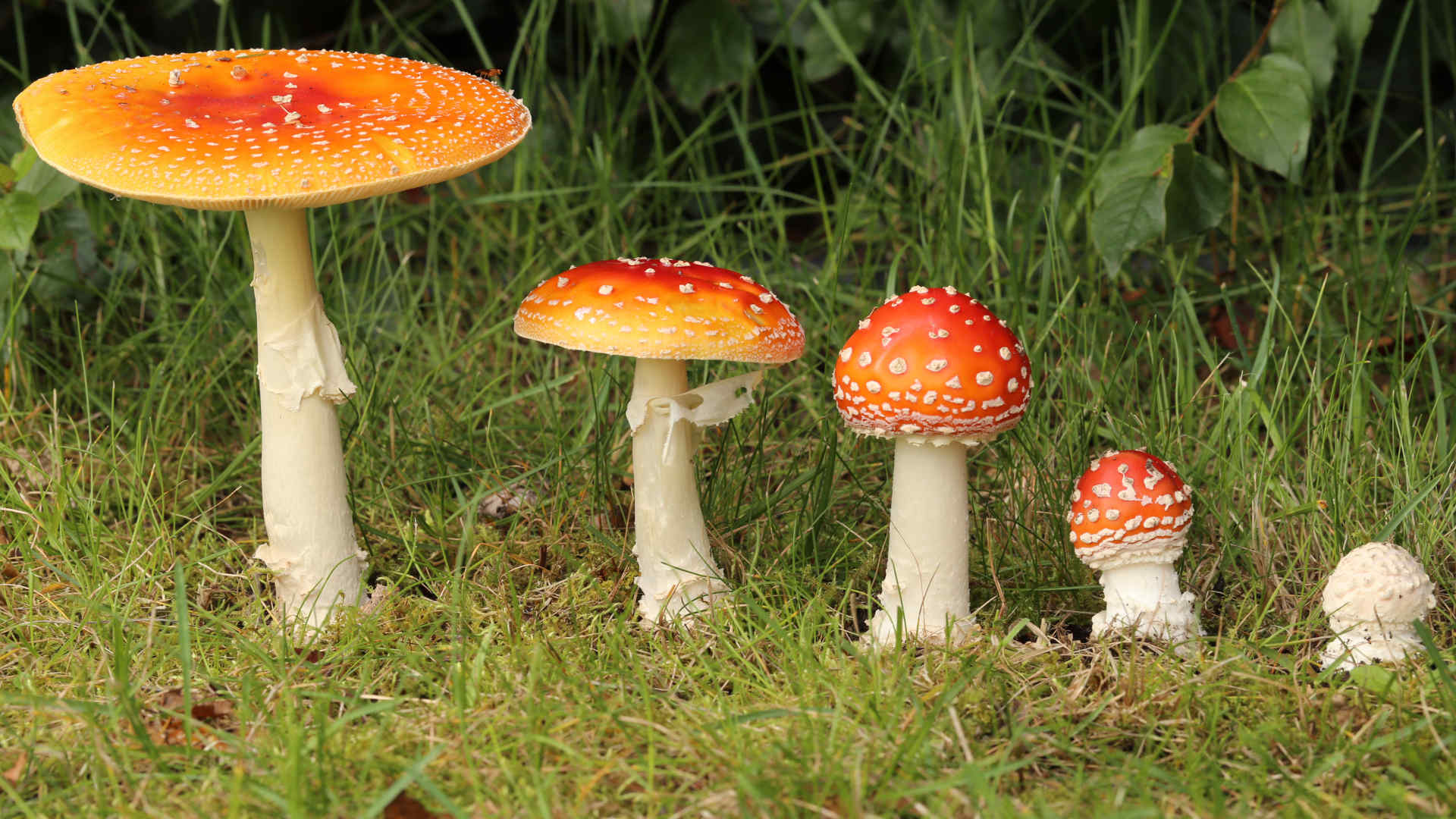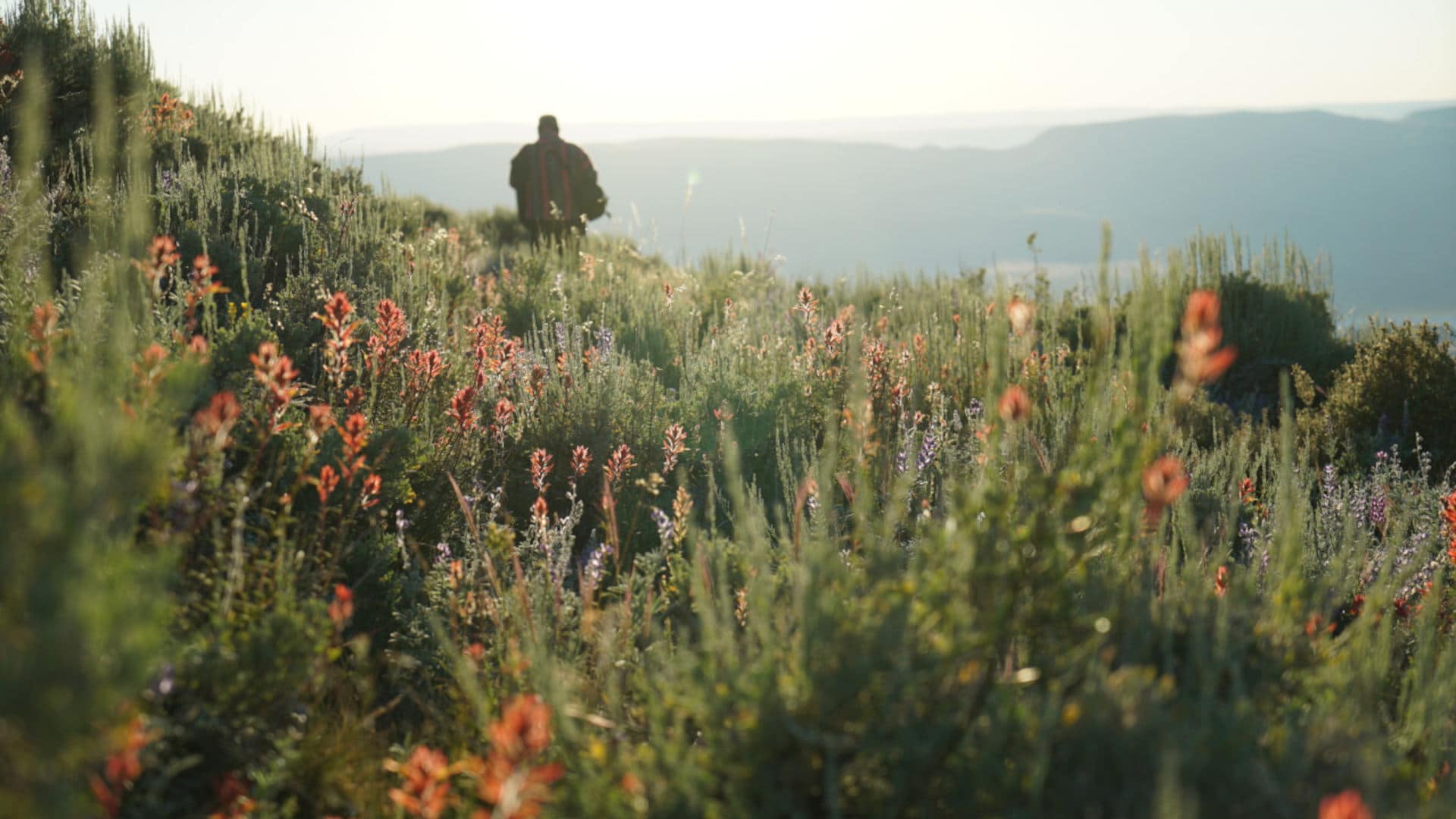One day in early April, years ago, when I was a graduate student in environmental studies at Toronto’s York University, a classmate and I drove about two hours north of the city to a rural area still returning to life after a long winter. We walked for hours in the cool sunshine. It was still too early for migratory birds, so I spent most of that excursion scanning the ground. What I found, in abundance, were lichens — in more shapes, sizes, and colors than I’d ever seen in my life. Their marvelous designs decorated wide bands of Canadian Shield jutting up from the thawing soil. As I went from rock to rock, discovering a small-scale phantasmagoria of biodiversity, something in my consciousness shifted. I already knew that lichens constituted a symbiotic relationship between an alga and a fungus — or between multiple species of each — and that they were among the first organisms to colonize bare rock. Now they seemed far more than that. They symbolized timelessness.
The next day, as soon as I awoke, I wrote down a poem. “Lichens” was later published in a literary magazine and in my first book, a collection of mostly environmental poems.
Fast-forward 30 years to 2020. The world is in the grip of a pandemic, businesses are shuttered, and the streets are empty. I am living in an apartment near urban woods I explore regularly. Starting in mid-July, I begin to register the most delightful anomaly: Thanks to frequent, but not excessive, rains that coincide with the warm, but not scorching, weather, mushrooms are popping up almost everywhere. Over the next weeks, my finds range from lavender-hued wood blewits to groups of the local variety of fly agaric, whose warty, fairy-tale caps age into yellow stars. Dazzled by the array, I resolve to learn enough to eat at least a few new species. (But not the fly agaric; I already know it’s not for nibbling, partly because it shares a genus with at least two of the world’s most dangerous mushrooms.)
So began a self-directed deep-dive that would unearth lessons not only about the fundamentals of mycology, but about living through one of humanity’s most trying times in recent memory.
I started by poring over two mushroom guides that had long sat on my shelves. I joined a Facebook group, where helpful, knowledgeable amateur mycophiles evaluated my photos and answered my questions. Their feedback was invaluable. With confidence, I collected, cooked, and ate the safest species, including those blewits. I learned about mushroom guru Paul Stamets. I bought Merlin Sheldrake’s best-selling book “Entangled Life,” about the ecology, biology, economics, gastronomy, and spiritual aspects of kingdom fungi. But, always busy with one thing or another, I did not read it.
Months passed. Snow covered the ground, and even the hardiest fungi called it a year. Finally, around New Year’s, I pulled out and read “Entangled Life.” With that wonderful, multidisciplinary book filling my mind with wild associations, the circle completed, the one that had begun with an outdoors epiphany and a poem three decades earlier. It was long enough ago to qualify as another lifetime. For fungi and lichens, of course, less than the blink of an eye had elapsed.
I learned fungi’s first lesson: Everything happens in its own good time.
In March 2020, when the World Health Organization officially declared the coronavirus outbreak a pandemic, virtually anyone with the luxury of working remotely hunkered down at home. The internet became a lifeline for millions of people.
The world wide web on which we came to depend called to mind mycelium, the hidden mesh of innumerable root-like hyphae that constitutes the greater part of anything called a mushroom. Canadian forestry professor Suzanne Simard and others have discovered that fungi can use these interconnecting strands to communicate, via chemicals, with themselves, members of other fungal species, and completely different organisms altogether — a veritable underground chatroom. She and others have used the term “the wood-wide web” for mycorrhiza, the symbiosis of fungal hyphae and tree roots. Mycorrhiza, which can span several square miles, underscore the idea that fungi are a biological system — not a thing but a process that redefines the concept of the individual. In fact, it suggests the idea of the individual, or self, is little more than a pleasant notion human beings cling to as they try to make sense of the world.
This natural reality runs counter to the human tendency to resist much of the complexity implicit in systems — even though we live in and near many of them. We stubbornly flatten out vast interrelationships in favor of linear, cause-and-effect connections. And sometimes we overlook those as well in our haste to simplify. Many of the problems plaguing society — from any political -ism you can name to outright war — can be traced to such atomistic thinking.

‘Chicken of the Woods’ fungi in the Tongass National Forest, Alaska.
The fungi offered up their second lesson: All is connected.
The first fungus I sampled last year, the tropical-looking “chicken of the woods,” or Laetiporus suphureus, was not only very safe (it has no poisonous doppelgangers) but delicious. I added small, fried pieces to some spring rolls. I eventually found eight other edible species and ate six of them, all without incident. I passed on two species only because one, resinous polypore, did not appeal to me and the other, the hedgehog mushroom, was too old when I found it. (Even non-poisonous species can disagree with some diners; it’s best to sample a small piece first.)
The element of risk, however slight, added to the novelty of consuming a wild food; mushrooms have a reputation for danger unrivaled by any member of the plant world except maybe poison berries. Eating something gathered from a place I know and love almost elevated it to a kind of sacrament. The fungi accepted me into their world. All I had to do was give them my respect and undivided attention.
Philosopher Simone Weil said that truly paying attention is a kind of holy act. It’s a little hard to describe, but that is how it felt for me. My brain was rewiring itself, as any brain will do when it is learning or practicing something new. But I also sensed changes in my thinking that seemed to arise naturally from the concentration on small details, the double-checking of acquired facts, and the translation of written words into spatial representations. While I was rarely in danger, I took my tasks seriously, as if I were. I would sometimes stop on a trail, new specimen in hand, struck by how my relationship with the natural world had taken another leap. Despite a lifetime acquiring skills ranging from languages to handicrafts, the effects of this intense focus felt unfamiliar in the best possible way.
Then again, I had never eaten my homework before.
I learned fungi’s third lesson: Cultivate humility before attempting to understand anything — or anyone.
Students of psychedelics will wonder why I have completely omitted any mention of magic mushrooms. For one thing, I have had no experience with psilocybin, their psychoactive ingredient. For another, my own simple, consciousness-shifting experiences strike me as small-scale equivalents of the mind-blowing effects of psychotropic drugs. As Roland Griffiths, a professor at Johns Hopkins University School of Medicine, has written, “The finding that psilocybin can occasion, in most people studied, mystical-type experiences virtually identical to those that occur naturally suggests that such experiences are biologically normal.”
We spend our waking hours in such a narrow range of possible cognitive states — typically with the “self” front and center — that we ignore or dismiss alternatives. This impoverishes our lives. As anyone who has been “in the zone” knows, there can come a moment during any activity when the very idea of a firm boundary between self and not-self seems ridiculous. That is when the insights begin.
My encounters with spaces and species, including fungi, have allowed me to gauge the passage of time differently. They have shrunk my ego to the size of dust motes and put my personal problems into perspective. Above all, they have reminded me that everything is connected — a truth that is both a comfort, as we continue to struggle in this pandemic, and a warning, as we try to avoid the next one.
Louise Fabiani’s poetry collection, “The Green Alembic,” was published by Véhicule Press, Montreal, in 1999. She is currently working on a memoir told through a series of urban wildlife stories.












Comments are automatically closed one year after article publication. Archived comments are below.
Patience, humility and connection. Pretty good lessons to live by.